Iran’s supreme leader, Ayatollah Ali Khamenei, recently emerged into the public eye after a prolonged period of seclusion during a tumultuous time marked by the Iran-Israel war. The 12-day conflict had gripped the region with tension and uncertainty. Khamenei’s appearance at a solemn mourning ceremony in Tehran on the eve of Ashoura symbolized a significant moment in the midst of chaos.
Stepping Into Light
The Iranian Supreme Leader, known for his influential role in state matters, had been notably absent, sparking speculations about his whereabouts. His sudden public presence at the mosque adjacent to his office brought relief to many who had been following his actions closely during this critical period. The crowd’s reaction to his arrival was palpable, with people rising to their feet as he entered.
As Khamenei waved and nodded in acknowledgment, it was evident that his presence carried immense significance amidst the backdrop of heightened security and political tensions. Despite the lack of immediate public statements from him, his appearance spoke volumes about his resolve and leadership style in times of crisis.
Power Dynamics Unveiled
The war escalation reached an alarming point when U.S. forces targeted key nuclear sites in Iran, prompting retaliatory measures from both sides. President Donald Trump’s warnings to Khamenei added another layer of complexity to an already volatile situation. The back-and-forth exchanges between world leaders underscored the gravity of the conflict and its far-reaching implications.
Khamenei’s subsequent statement about delivering a “slap to America’s face” showcased Iran’s defiance amid external pressures. The toll of casualties and damages inflicted during the war further accentuated the human cost behind political maneuvers and military strategies.
Nuclear Ambitions and Diplomatic Standoff
Amidst allegations surrounding Iran’s nuclear program, questions loomed over the extent of damage caused to its facilities and the country’s willingness to engage in diplomatic negotiations moving forward. Israel’s preemptive strike highlighted deep-seated concerns about Iran’s nuclear ambitions and raised uncertainties about future diplomatic dialogues aimed at resolving such issues peacefully.
The decision to suspend cooperation with international agencies like IAEA signified a shift towards increased isolationism on Iran’s part, further complicating efforts towards transparency and accountability regarding its nuclear activities. This move not only strained international relations but also cast doubts on Iran’s commitment to upholding global standards for nuclear proliferation.
Cultural Significance Amid Turmoil
Beyond geopolitical tensions, Khamenei’s participation in commemorating Prophet Muhammad’s grandson Hussein resonated deeply within Shiite communities globally. The ritualistic practices observed during Ashoura reflected centuries-old traditions steeped in religious devotion and historical significance for Shiite Muslims worldwide.
Hussein’s martyrdom at Karbala continues to shape Shiite identity profoundly, underscoring themes of sacrifice, righteousness, and resilience against oppression—an enduring narrative that transcends temporal conflicts and political upheavals.
In conclusion,
By navigating through intricate power dynamics while upholding cultural legacies amidst turmoil,


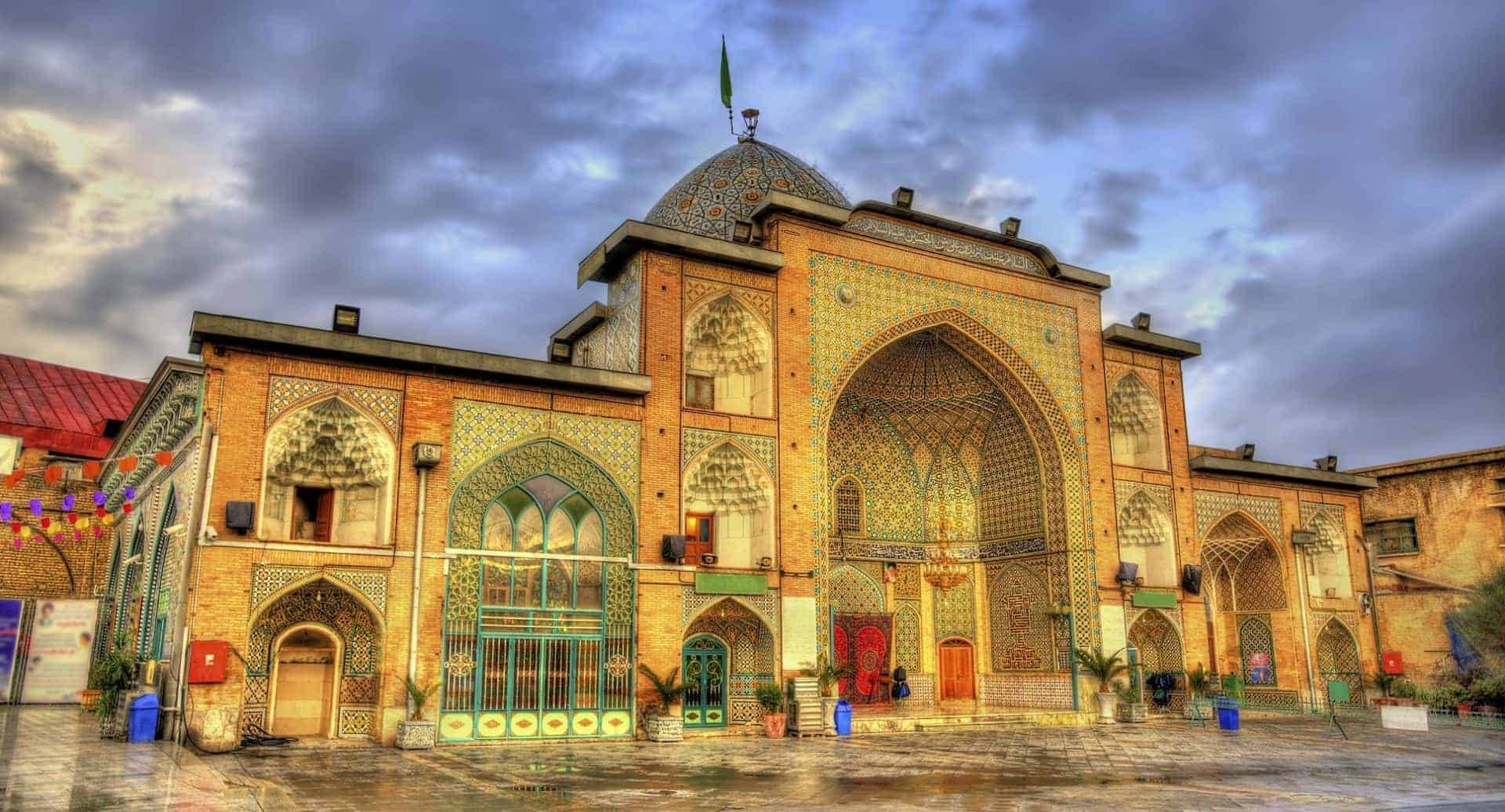

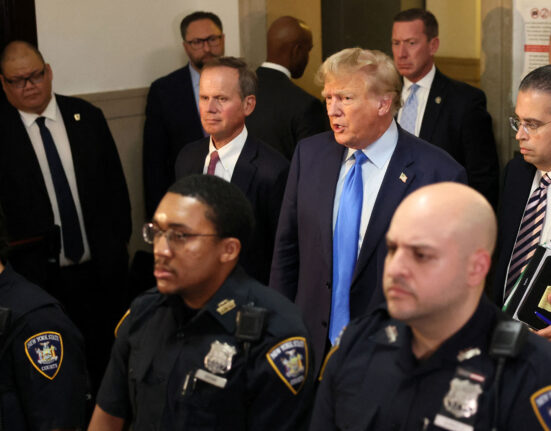
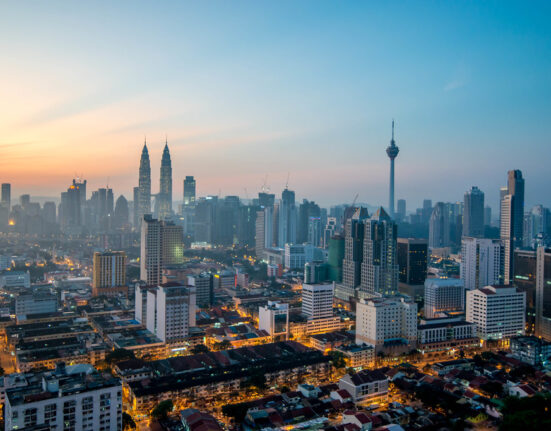

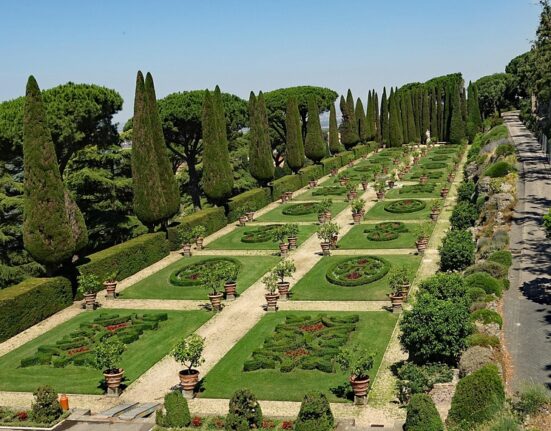
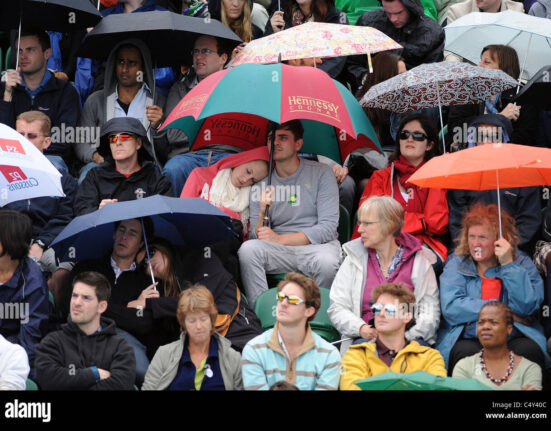
Leave feedback about this